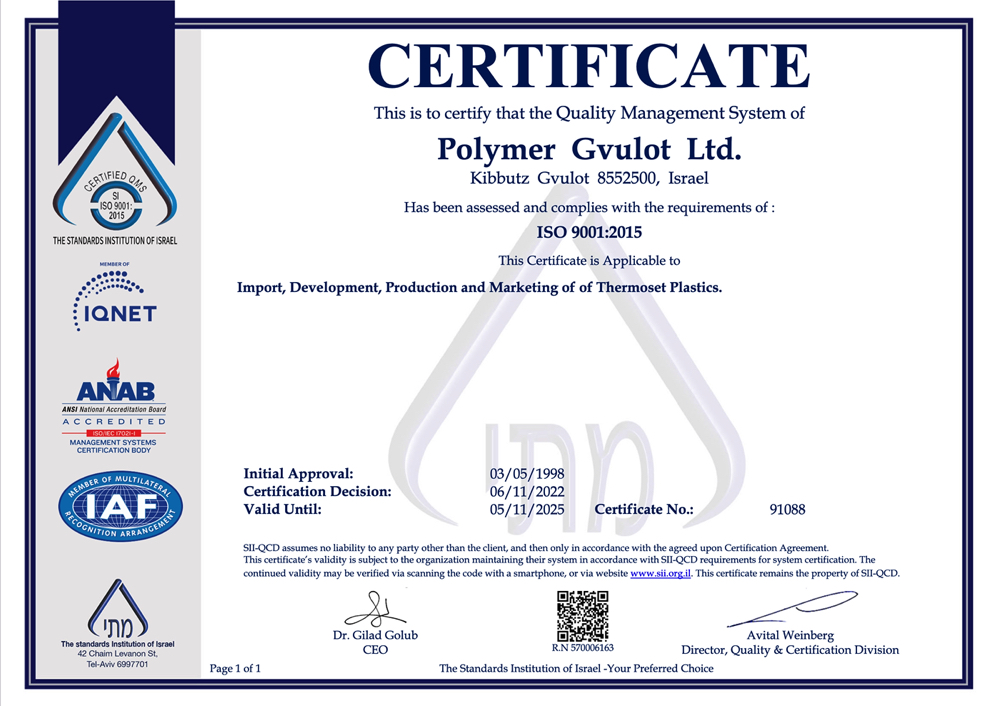
Choosing an adhesive
Choosing the best adhesive for a specific application can be complex.
There are many variables to be considered and numerous types of chemistries with different capabilities.
Here are 7 key parameters to help you narrow the choices and to help you understand what is an adhesive, what are adhesive properties, adhesive strength, adhesive resistance, adhesive quality, adhesive characteristics, so what is an adhesive? Continue reading >>
1. Substrates:
- What do you need to bond? Metal? Wood? Plastics (which plastic) ?
- Large area or small area?
- Are the surfaces the same or dissimilar?
For optimum adhesion, an adhesive must thoroughly “wet out” the surface to be bonded. “Wetting out” means the adhesive flows and covers a surface to maximize the contact area and the attractive forces between the adhesive and bonding surface.
2. Configuration of the joint & load:
The main design guidelines to be considered when designing an adhesive joint include:
- Maximise shear/minimise peel and cleavage.
- Maximise compression/minimise tensile.
- Joint width is more important than overlap length.
3. Service conditions
The bond strength is affected by many common environments, including temperature, moisture, chemical fluids, and outdoor weathering. In applications where possible degrading elements are present, candidate adhesives should be tested under simulated service conditions.
4. Adhesive properties
There are different properties of adhesive:
- Tough, flexible adhesives are better in peel, impact, thermal shock, and for substrates of differing thermal expansion.
- Brittle, rigid adhesives have better heat and chemical resistance, tensile strength, and creep resistance.
5. Application methods
When evaluating adhesives, it also important not only to make sure it works on a performance level but also on a production level.
How will the material be applied?
Is it one component or two component?
Considering dispensing, mixing, and applying concepts early can save a lot of time and money down the line and avoid production delays.
If you are looking for a leading manufacturer of potting compounds made of Epoxy, Polyurethanes, and Silicone materials, contact us via the Distributors page
6. Curing rate
Determining the proper cure schedule is a very important aspect to achieving optimal adhesive performance for your specific application. The main guidelines to be considered include:
Cure temp- while some epoxies, silicones and polyurethane will cure at room temperature, many will require an elevated temperature to initiate the chemical curing reaction. Can your application be exposed to high temperatures?
UV cure- cures quickly when exposed to light of the appropriate wavelength and intensity. They are one component adhesives and are ideal for many applications in which glass or plastic are able to transfer UV or visible light to the bond line.
7. Testing
Ultimately, evaluating adhesives comes down to choosing one (or a few) and testing them in your application before deciding there are standard tests for comparing the relative characteristics. As mentioned before, there is no substitute for sampling and testing products on your own.
Contact Polymer-G for assistance with product selection and process integration.
Our team of sales, service, and technical specialists will assist in finding the right material and process for your requirements.
